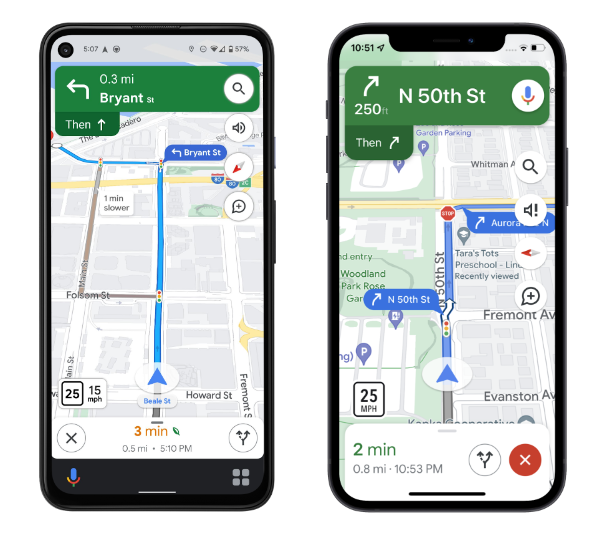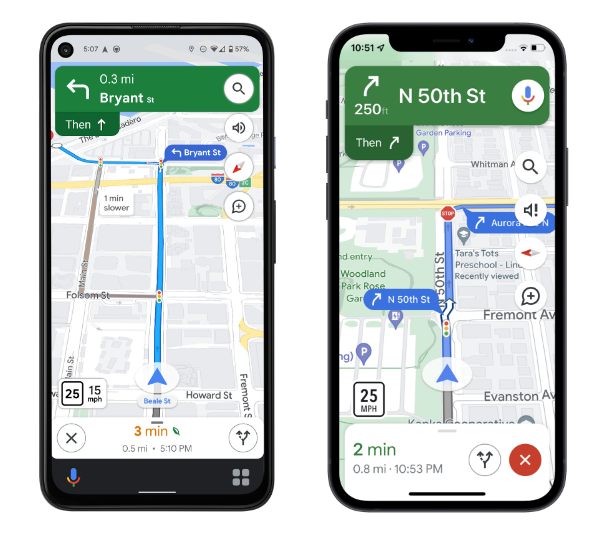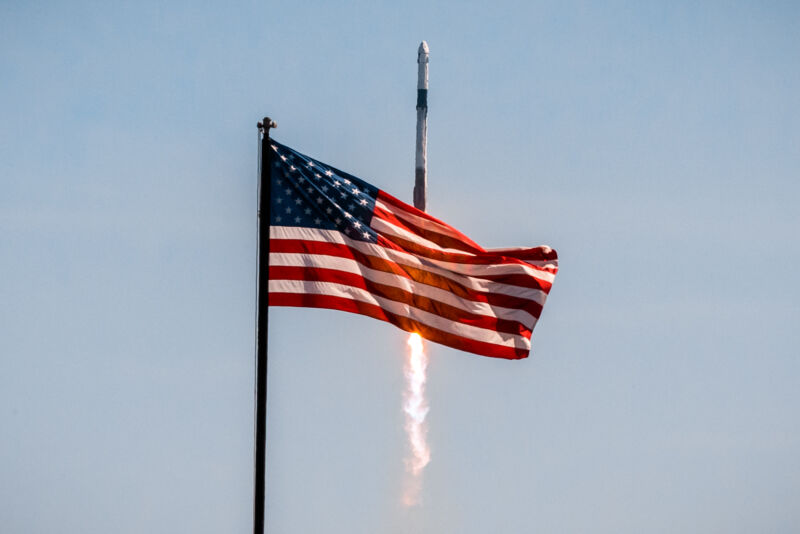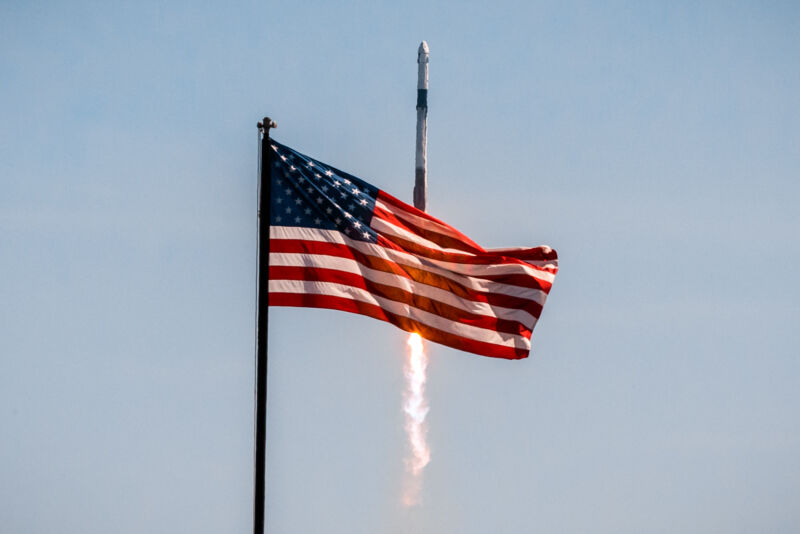
MLops is still an emerging field, so it may be tempting to write it off as just another techy buzzword, but its track-record proves that when designed the right way and targeted at the proper goal: to maximize model performance and improve ROI, it pays off.Read More














